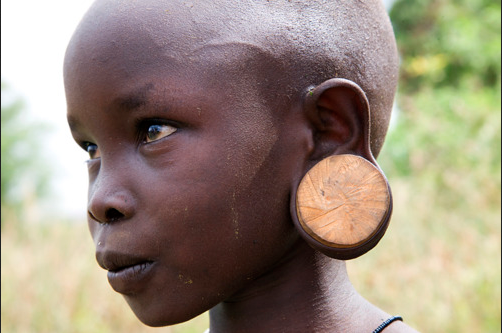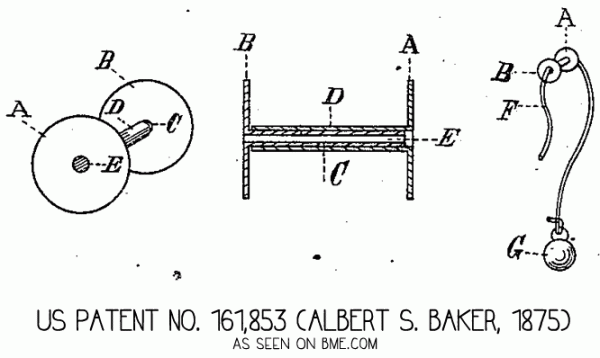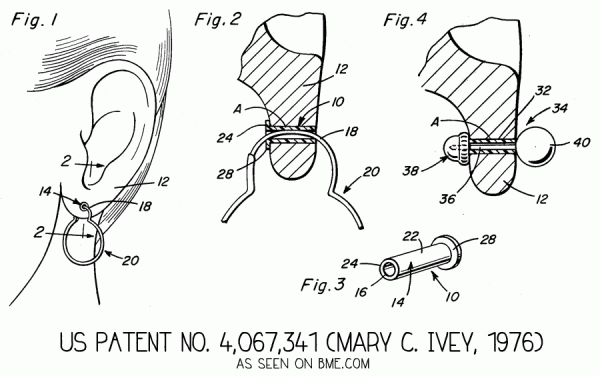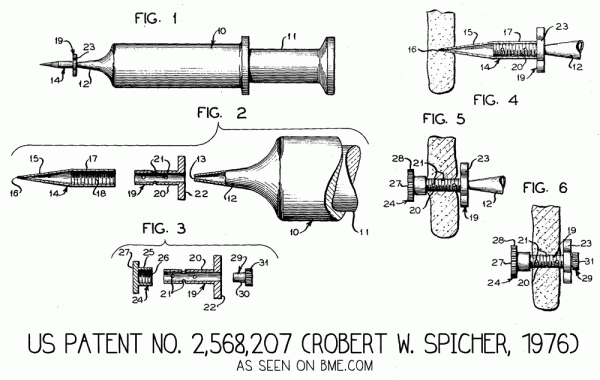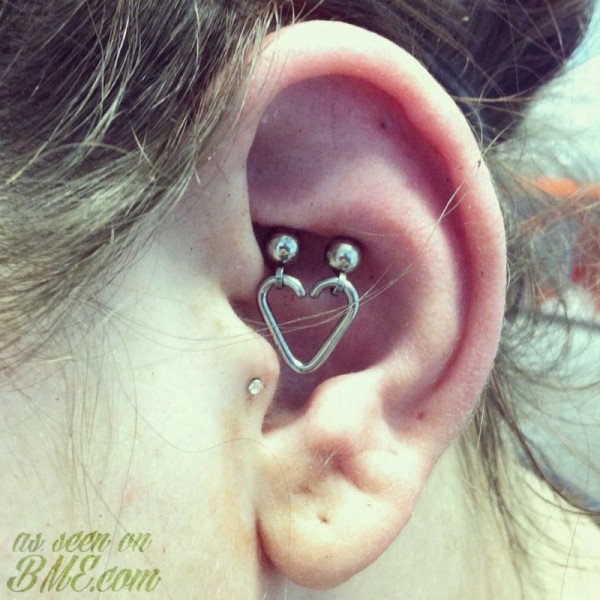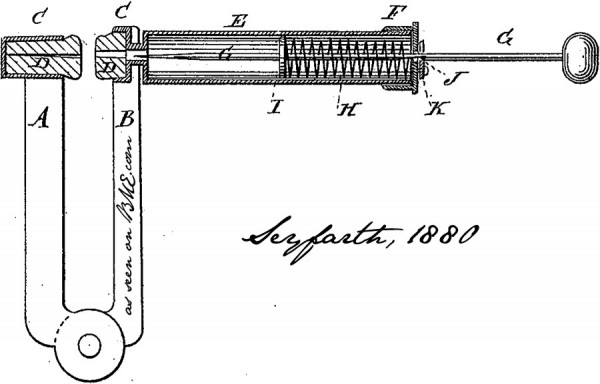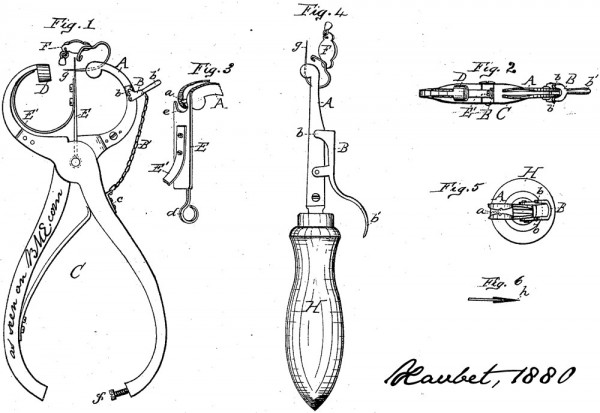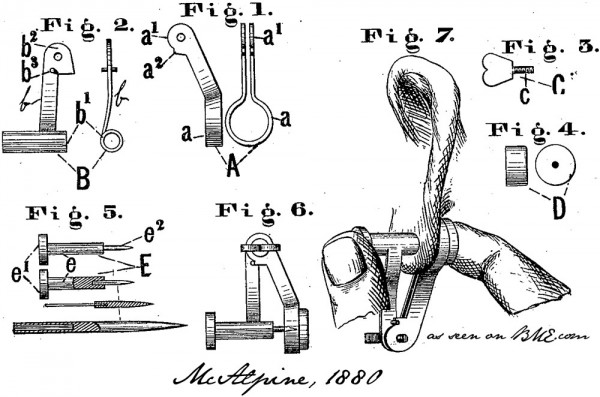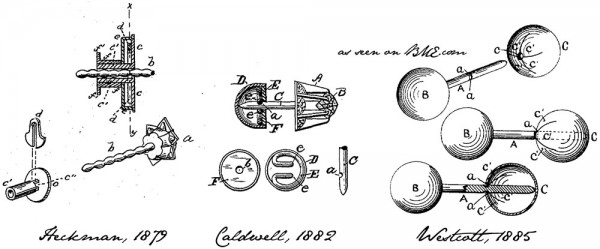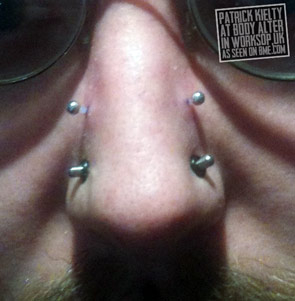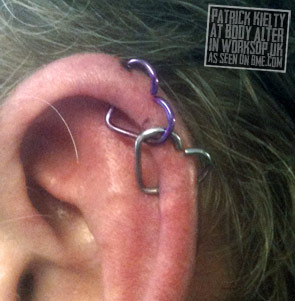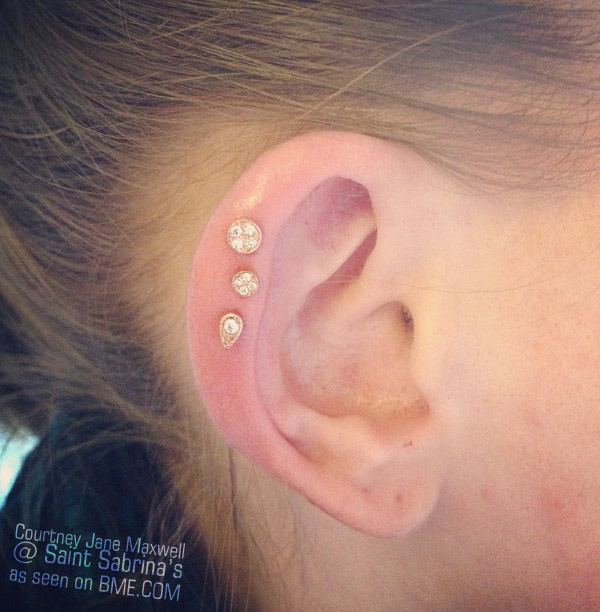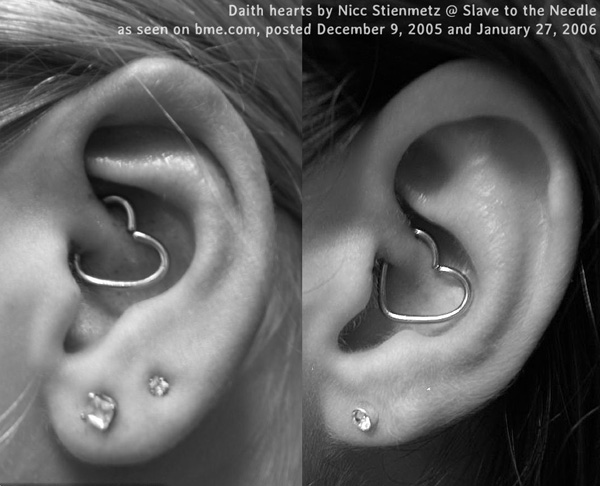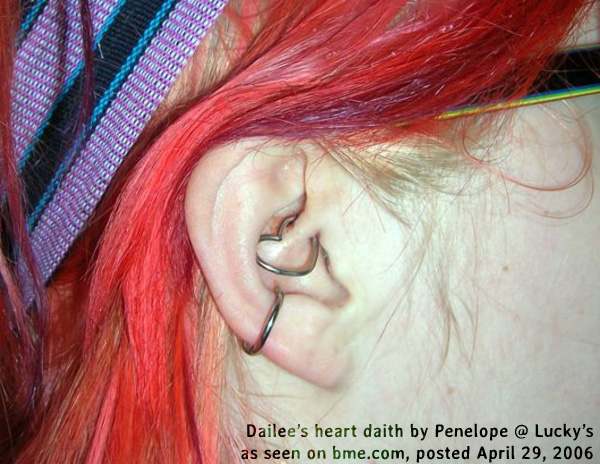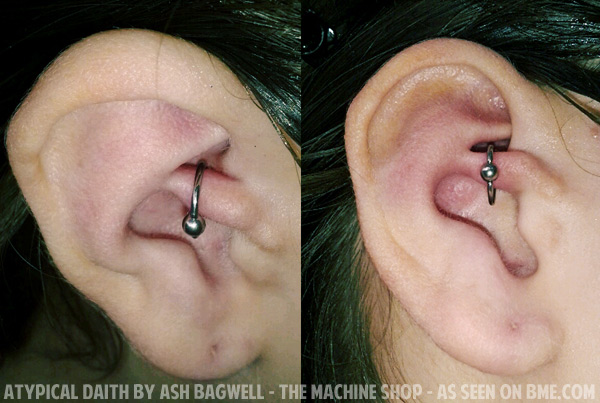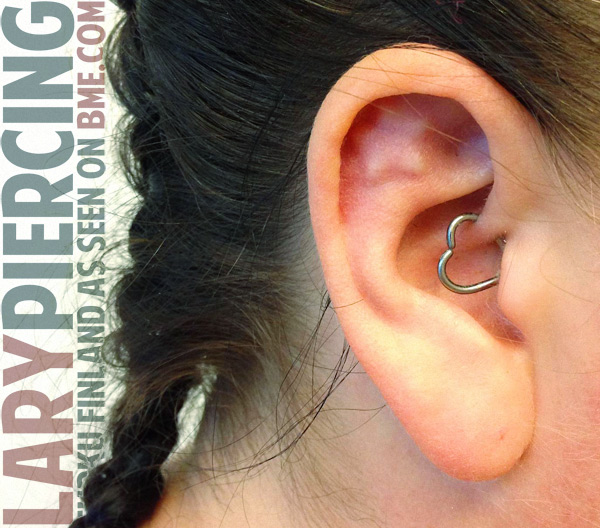If you have been on the internet in the past three months odds are you have seen at least one story almost exactly like this photo below.
 Late author edit: The link and photo above is from a satirical website. This entire post is more about news sources that will grab anything even remotely shocking and run with it. Yes this time it is satire but it doesn’t take much for something to become “Fact” on the internet these days. The following talk about perspective is about us “playing pretend” if this WAS becoming a widespread practice.
Late author edit: The link and photo above is from a satirical website. This entire post is more about news sources that will grab anything even remotely shocking and run with it. Yes this time it is satire but it doesn’t take much for something to become “Fact” on the internet these days. The following talk about perspective is about us “playing pretend” if this WAS becoming a widespread practice.
Is this potentially shocking (fake or not)? Yes. Is this a new trend? No. One of the biggest annoyances I have about social media and this new wave of “TOP TEN MOST DISTURBING WHATEVER” lists is the fact that the “new trend” tag is used far too frequently. These are a few isolated cases of poorly made choices or completely made up stories being taken out of context for clicks to a website. This is the exact same issue we recently had with the eyelet being worn in a large labret photo. I do realize that body modification is not the only victim of these click hungry times, but it does almost feel like a blow to the gut as the internet is really starting to desensitize folks more than ever. I mean that last statement in a positive light because in my opinion when you get over the initial shock and awe of something you can begin to really understand more about what you’re viewing. ModBlog did exactly that for me a long time ago and will continue to.
Now on to what can we do about this whole thing…Satirical websites will be around forever and have their place, but the spread of bad information is an entirely different monster. We can be the messengers of good information and present ourselves and modifications in a positive light for the world to see. There will always be the hard nosed naysayers out there, but we need them too. I don’t mind if you oppose my train of thought or lifestlye but I mind if you trash it unintelligently. If you believe in this community and are absolutely sick of seeing ridiculous modification related things in your every day news feeds then spread good information. We can’t fault anyone for not being as educated as we are on a topic but we can fault ourselves for not attempting to educate.
I’d also like to throw a completely separate talk about perspective in this post. This is a thinking point that will be possibly controversial but interesting at the least. Taking the photo above for what it is worth, even if it is photoshop /satire what have you… how did it make you feel? The photo below is one of many that a fast internet search yielded. I don’t have the photographer credit but if anyone has it let me know so I can update this post immediately. My point being here that the modification of young children-young adults is deeply ingrained in many cultures. This particular photo was posted as a child of the Mursi tribe however I can’t fully verify that as truth. Either way my point should be made.
Did you bat an eye at this? What if this photo pulled out to reveal a young African American child in an urban setting who’s parents began stretching their ears while they were an infant? Would that change your opinion on what is acceptable? A quick comparative example is that many parents are vegan, and therefore feel it is right to raise vegan children. I’m not comparing apples to apples here I know but it is just an example of parents passing down values or beliefs. Many ModBlog followers also subscribe to the modern primitive movement, and may choose to us raise a child according to our own ideals. Would early age modification or “family rites of passage” be considered an abomination or culturally significant?
This is the matter of perspective I’m talking about, where we are very quick to slam one group of people for doing the same things we may admire another group for. Please don’t misinterpret what I’m saying here, my personal opinion is that a non consenting human being should not be modified under any circumstance- cultural tradition permitting or not. All of these things go back to the roots of body modification as a whole and in my opinion a topic that needs to be discussed. Large gauge piercings especially stretched earlobe piercings are becoming more acceptable than ever. Does this fact mean that as a modern society we are starting to pass this new (old) cultural wave on to our children? I would love to hear everybody’s thoughts on this.
